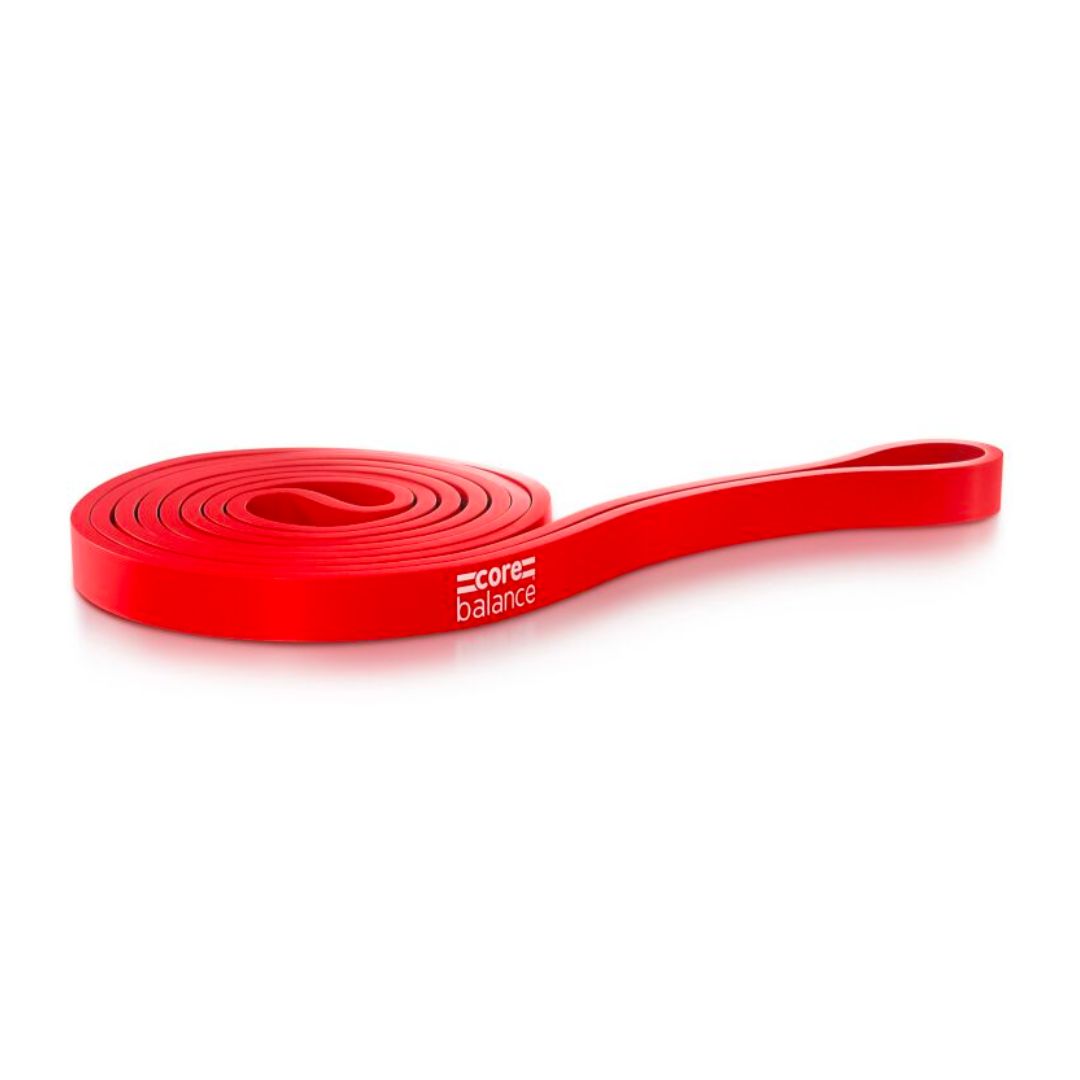Struggle with tight back, hips or shoulders? These are the best mobility exercises to ease your tension
Find relief in 15 minutes with these six simple moves


If you've ever suffered from tight hips, shoulders, or back, you've likely heard that the best mobility exercises could be your ticket to a world free of tension.
While your mobility fades as you age, there are a few simple exercises that you can do to strengthen your mobility while simultaneously releasing all that built-up tension. It doesn't take an intense routine - rather, a simple, low impact home workout that can be completed in under ten minutes. Yep, it's that easy.
According to Sofia Zolobova, strength and mobility trainer at Gymbox, mobility exercises are incredibly important. "They help to improve the range of movement in the joint, which then makes movement easier and allows our bodies to release tension more effectively," she explains.
Wondering how your hips, back and shoulders became so tense in the first place? Being hunched over a laptop all day, having bad posture, or simply not moving enough could all be to blame. "When you're sitting down at a desk, your hips are bent at a 90-degree angle. Your hip flexors then remain in this shortened position for hours on end, creating a tightness in the hip flexors and hip joint." In the same way, your shoulders and back may often feel tight because you spend hours hunched over a desk or a laptop. "This is why movements that strengthen your rear delts, along with stretches that open up your chest, back and shoulder joints, are so important," adds personal trainer and founder of fitness app WeGlow, Stef Williams.
It may sound obvious, but the build-up of all three can cause problems over time. Thankfully, that's where mobility exercises come in - a seriously effective form of warm-up exercise, cool-down exercise, or just day-to-day tension-easer.
Ready to release that tension? Below, fitness expert and personal trainer David Wiener at the fitness app Freeletics, Williams, and Zolobova share all you need to know.
These are the best mobility exercises to ease tension
Why are mobility exercises important?
Apart from helping to release that frustrating tension, “mobility exercises are a vital part of a well-rounded fitness regime,” says Wiener.
Celebrity news, beauty, fashion advice, and fascinating features, delivered straight to your inbox!
They play an important role in joint flexibility and range of motion, he goes on. "They can also help with injury prevention and pain management, especially in the cases of tension or general aches and pains," he goes on. "Doing them regularly can enhance athletic performance and make functional movements that you perform every day less of a chore for the body."
Anything that makes moving easier sounds good, right?
How are mobility exercises different from stretching?
Good question - because actually, they have a totally different purpose. "The difference between a stretch and a mobility exercise is that stretching is teaching the muscle to be more nimble and more elastic, improving range of movement but it isn’t going to build strength in that movement like a mobility exercise would," explains Wiener.
For example, stretching may help you to be able to open your hips wider but it doesn’t mean they will be able to take more weight. "Mobility exercises will help increase the strength and condition of the muscle within the mobilisation range," he continues.
Mobility exercise essentials
Best mobility exercises for your back
1. Cat Cow Stretch
What? Cat cow stretch is one of the most widely practised yoga poses.
Why? It "encourages your spine to move through its full range of motion which can help with spinal flexibility," explains Wiener. How? Well, "the arching of the cow position extends the spine, while the rounding of the cat position flexes it. This movement helps to alleviate stiffness and tightness in the back and enhances flexibility. The gentle nature of this exercise can also help to relax the muscles of the back and release tension which could be the result of a strain, poor posture, or even stress. Lastly, this exercise can help to improve your posture, which could be the reason your back muscles are tight."
How long? Aim for 12 to 15 of three sets. That said, with this stretch, you should feel the tension release immediately, so do however many feel comfortable for you.
2. Thread the needle
What? A simple move designed to open up your upper body.
Why? "This stretch is designed to help open your chest, shoulders, neck and back through a gentle dynamic movement in order to release upper back and shoulder tension," explains Zolobova.
How long? Aim for three sets of six on each side.
Hip mobility exercises
1. Hip adduction
What? A machine-based move which eases tension in your hips.
Why? "This move helps to improve hip mobility, increase flexibility, and reduce muscle tension," explains Wiener. "When done on a machine, it targets the adductor muscles, located on the inner thigh. Strengthening these muscles helps balance the muscles around the hip joint. When the adductor muscles are weak or tight, they can pull the hip joint out of alignment, leading to pain and decreased mobility. Strengthening them can help to alleviate this issue."
"Hip adduction exercises also encourage your hips to move through a full range of motion, reducing stiffness and improving flexibility which can help to prevent falls or injury, improve posture, and boost athletic performance." he goes on to explain.
How long? The PT suggests 12 to 15 would be ideal and would recommend three to five sets. As your hips get stronger, you can start to add more reps or add weight.
Not only will this release the tension in your hips, but it'll strengthen your glutes, too.
2. 90/90 Hip stretch
What? This stretch is somewhat similar to the Pidgeon yoga pose, but with both legs at a 90-degree angle.
Why? "The exercise targets the muscles around the hip capsule to improve mobility, in turn reducing any pain and stiffness in your hips and lower back," shares Zolobova.
How long? Aim for two sets of five to ten reps on each side.
Shoulder mobility exercises
1. Lateral raises
What? A simple arm move designed to ease tension and stiffness.
Why? "Lateral raises are a strength training exercise which primarily targets the deltoid muscles in the shoulders," shares Wiener. "While they are not typically used to address tight shoulders directly, they can indirectly benefit tight shoulders in several ways. They do this by strengthening the shoulder muscles and targeting the lateral (or side) head of the deltoid muscles, which are responsible for lifting the arm away from the body. Strengthening these muscles can help provide better support and stability to the shoulder joint, which can be particularly helpful if you have tight shoulders due to muscle imbalances."
How long? Aim for 12 to 15 reps of three to five sets, but you can start off slow and add more as feels comfortable.
2. Shoulder dislocates
What? A shoulder move which requires a resistance band. While lots of PTs use a stick, if you're doing it at home, a resistance band will work just as well.
Why? This is one of personal trainer Stef Willams's go-to mobility exercises for easing tension in the shoulders. It helps shoulders move through a range of motion which can help release any build-up tension.
How long? Aim for three to five reps. Beginners, start slow with this one and really take your time as you do the movement.
How often should you do mobility exercises?
"We spend so much of our days sat down - whether at a desk or in meetings - that this often creates tension in certain joints and muscles - usually our back, shoulders and hips," says fitness expert Stef Williams.
As often as we find ourselves in these situations is as often as we should be performing mobility exercises to counteract them and prevent tension build-up. Your joints will thank you if you can fit just ten to fifteen minutes in every day to increase mobility.

Dionne Brighton is the Social Media Editor at Marie Claire UK. After writing about everything from nail trends to celebrity style moments for Marie Claire UK, Glamour UK and Woman & Home, she now leads the brand’s social strategy. Her work transforming Marie Claire UK’s social platforms earned her a BSME Talent Award nomination.








